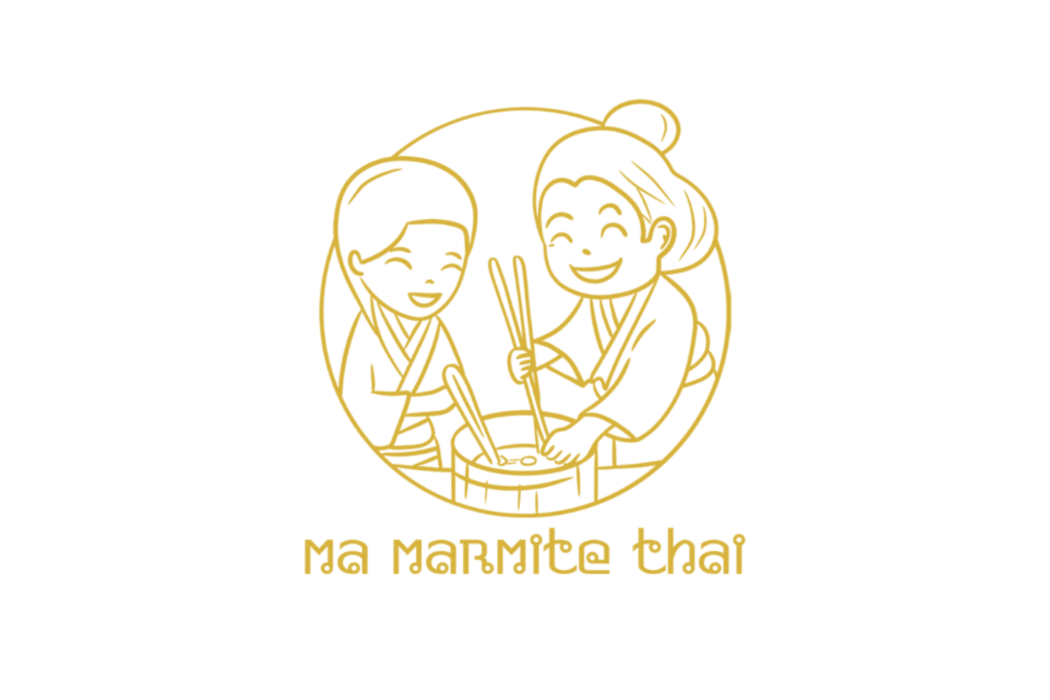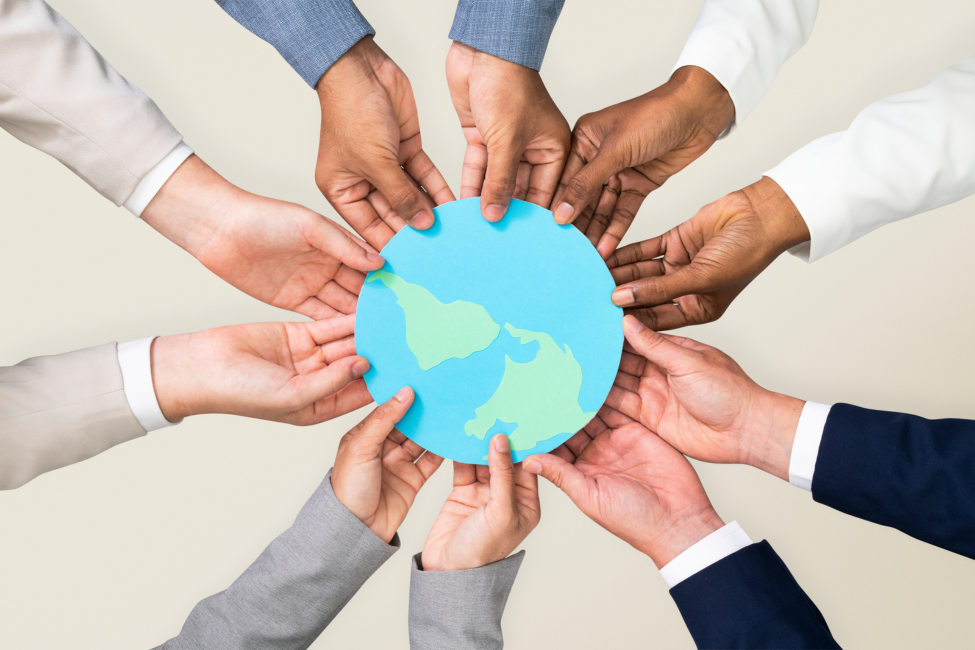Industrial and environmental transition
AGEC law / 3R decree: reduce the environmental impact of your packaging": belle-iloise takes part in CTCPA training course
14
Mar
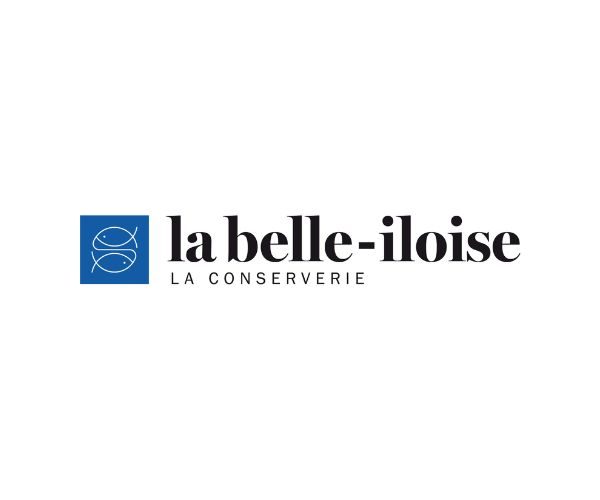
Published on: 03/14/2024
In 2023, la belle-iloise became a company with a mission. As part of its commitment to reducing its environmental impact, 7 employees took the CTCPA's "Loi Agec / Décret 3R : réduire l'impact environnemental de vos emballages" blended learning* course at the end of 2023. Review with Aurore TOCQUER, Brand Marketing & Innovation Manager.
*Note: the "blended learning" format alternates between training modules in a virtual classroom (videoconferencing) and e-learning (autonomous course on a platform).
"The blended learning format is very appropriate! The spectrum covered is broad, which enabled us to have very interesting exchanges with the CTCPA teams.
We were able to easily transpose ourselves into the subject!"
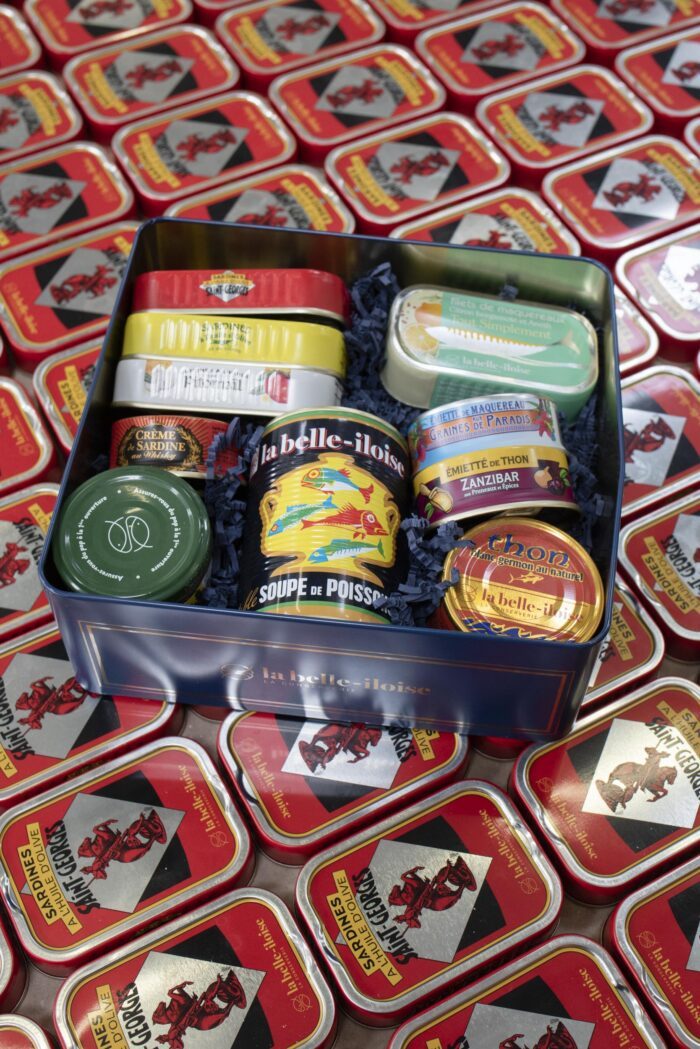
Tell us about belle-iloise!
La belle-iloise is a family-run business founded in 1932 by Georges Hilliet. It has been manufacturing and distributing gourmet canned fish for over 90 years. In 2011, Caroline Hilliet Le Branchu, the founder's granddaughter, took over full management of the company.
Today, we distribute our products primarily through our 92 directly-operated storesour e-commerce website and our mail order catalogplus a solid network of BtoB dealers in France and abroad.
How to the belle-iloise is committed to reducing its environmental impact?
In 2023, the belle-iloise became A "company with a mission". With this development, the company's intention was to officially affirm its purpose and commitments by enshrining them in its articles of association. La belle-iloise's mission is to pursue the following 3 social and environmental objectives:
- Contribute to a healthy, balanced diet
- Limiting our impact on the environment
- Supporting local economic activity as close to home as possible
As part of our commitment to limiting our impact on the environment, we are stepping up our efforts to recycle as much of our waste as possible, use water and energy wisely, and exploit marine resources sensibly...
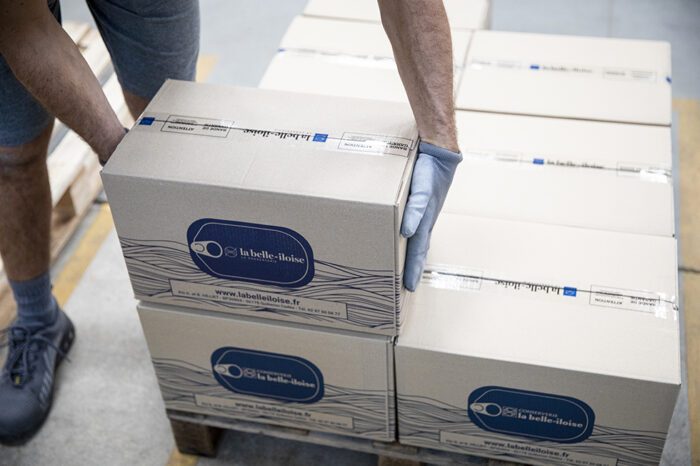
Why did you decide to take the CTCPA training course? What were your expectations?
The culture of good craftsmanship is deeply rooted within the company. One of our areas for improvement concerns packaging. We prefer reusable and recyclable containersand reduce plastic over-wrapping. By taking this training course, we wanted to have common information on the AGEC law and the 3R decree. Coming from different departments (Brand and Innovation, Sourcing & Development, Quality and Packaging), we all had different levels of knowledge. The aim of this group training was to get everyone on board!
What did you think of the training?
The blended learning is a great fit! We followed 3 training modules and 1 debriefing session in a virtual classroom (videoconference). The virtual classes were spaced a week apart to give us time to carry out practical e-learning exercises between each session (independently via an online platform). The aim of these exercises was to apply the knowledge acquired during the virtual classes, and to deepen the content via videos and other proposed content... This rhythm allows time to digest the information without disconnecting.
The range of topics covered was broad, which enabled us to have some very interesting discussions with the CTCPA's packaging and environment teams. It was easy for us to relate to the subject!
How are you going to implement what you've learned?
We have set up a working group on the eco-design of our packaging. The first objective is to draw up a roadmap for the short, medium and long term. Our approach concerns all our packaging. As our primary packaging is cans, which can be recycled ad infinitum, we will initially focus on our secondary and tertiary packaging.
__
CONTACT LA BELLE ILOISE :
CONTACT CTCPA :
- Environment Department: auch@ctcpa.org
- Packaging department: bourg@ctcpa.org
- Service Formations : Valérie LE GOUEFF - contact.formation@ctcpa.org - 01 53 91 44 01
New sustainability requirements in the food sector are creating new societal challenges for companies. How can I meet environmental and technical criteria when choosing my packaging? How can I reduce my water and energy consumption while maintaining my level of performance? How can I combine health and pleasure in the formulation of my products? We have developed a range of skills and solutions that we can put at your disposal to help you achieve your goals. ecological and food transition. Contact us now!




